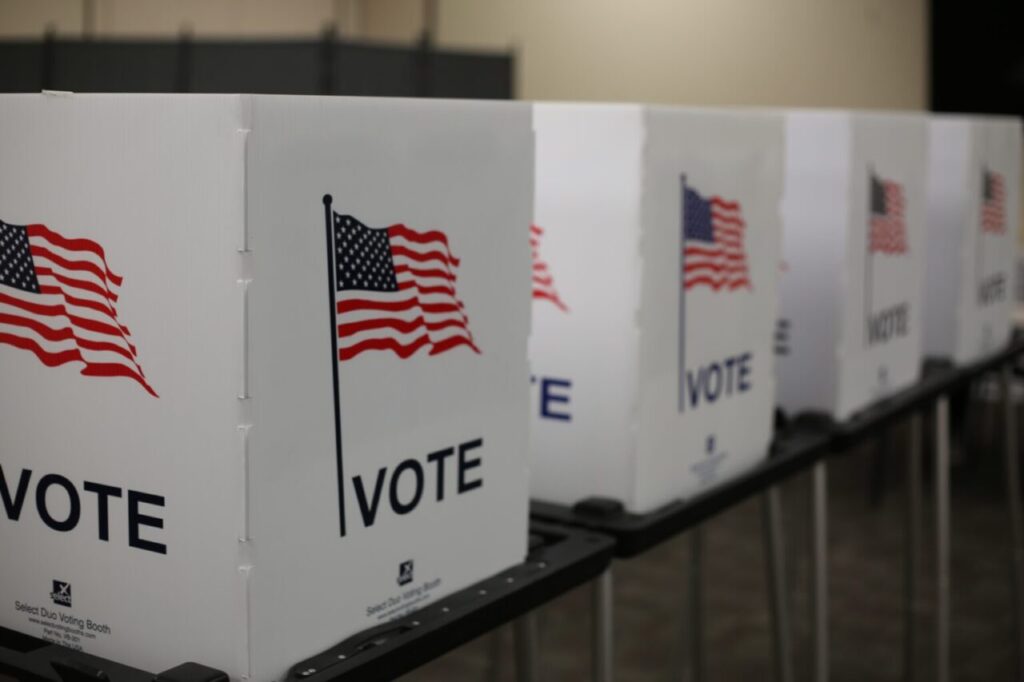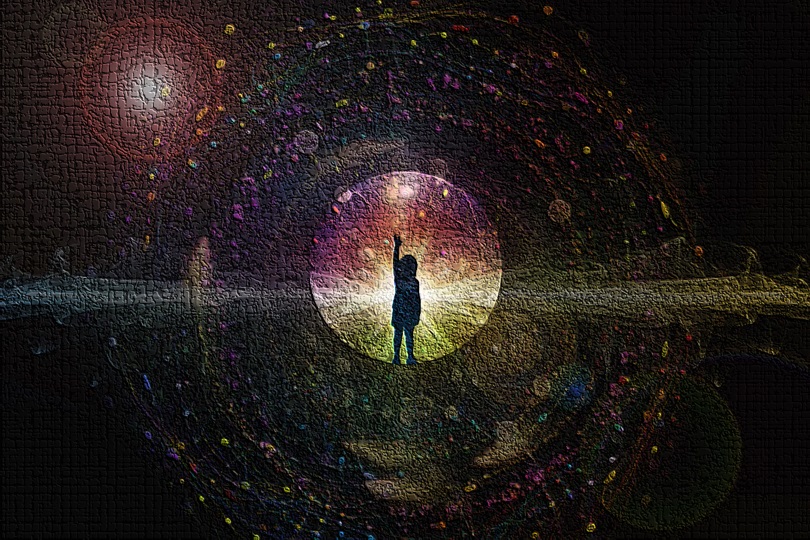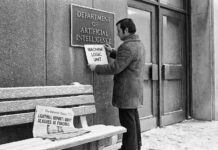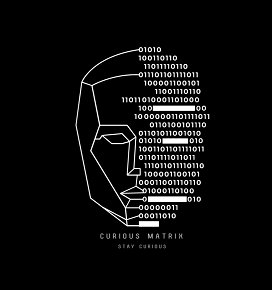
There are 195 (recognized) countries in the world, and out of them, 85% (167 countries) have some kind of public voting system. And sure, in many of those countries, this voting system is not of the best quality, but still, it exists.
So, what would happen in those countries if everyone stopped voting?
Well, this question seems almost absurd at first glance. A democracy without voters? It’s like imagining a sports event without any watchers and without winners.
Yet this thought experiment offers very interesting insights into our political systems, constitutional frameworks, and the very nature of representative government.
However, the concept is not completely new, and it occasionally emerges in political science discussions. Middle-brow magazines sometimes posed philosophical questions about democracy, including this very scenario.
And in modern times, it is reasonable to ask the question, is this model (voting) still the best, or should we perhaps completely rethink it?
Let’s see.
Interesting fact: In the 2016 US presidential election, about 100 million eligible Americans didn't vote – more than the number who voted for either major candidate.
Voter Participation Trends in the United States

Before exploring the hypothetical scenario of zero voter turnout, it’s worth examining actual voting patterns in recent American history.
The United States has experienced fluctuating voter participation over the past several decades, with presidential elections consistently drawing higher turnout than midterm elections.
| Year | Voter Turnout Percentage |
| 2024 | 63.9% |
| 2020 | 66.6% |
| 2016 | 60.1% |
| 2012 | 58.6% |
| 2008 | 62.2% |
| 2004 | 60.1% |
| 2000 | 54.2% |
| 1996 | 49.0% |
| 1992 | 55.2% |
| 1988 | 50.3% |
This data reveals several interesting patterns. The 2020 presidential election saw the highest voter turnout in over a century at 66.6%, while the 1996 election between Bill Clinton and Bob Dole recorded the lowest turnout at just 49%.
The most recent 2024 election maintained relatively high participation at 63.9%, making it the third highest turnout in the past ten presidential cycles.
These figures demonstrate that even in a mature democracy like the United States, huge portions of the eligible population regularly choose not to vote.
This existing non-participation provides context for our thought experiment about complete voter abstention.
And so, at first, we need to ask ourselves the question about the potential collapse of everything under these circumstances.
Interesting fact: Wisconsin consistently ranks among states with the highest voter turnout, reaching 76.93% in the 2024 presidential election, while Hawaii often has the lowest participation rate, with just 50% in 2024.
Would Everything Collapse Without Voting and Elections?

We need to carefully examine this question. The immediate effects would certainly be huge, but would they be catastrophic?
The Legitimacy Domino Effect
When citizens stop voting, the first casualty is political legitimacy. Democratic governments derive their authority from the consent of the governed, expressed primarily through elections.
Without this foundation, the entire system of governance becomes questionable.
This loss of legitimacy would then cascade through various institutions. Courts might find their rulings ignored. Police might face resistance to enforcement actions.
Tax collection could become increasingly difficult as citizens question why they should fund a government they didn’t elect.
The first consequence of political absenteeism would be the doubtfulness of the legitimacy of any government.
If most people don’t express their opinions at elections, then a democratic state cannot fully function.
At the end of the day, democracy is, by definition, the power of the people, who, in this scenario, aren’t expressing their opinion.
So, in that case something else would emerge.
Interesting fact: Political scientists use a concept called "democratic deficit" to measure the gap between democratic ideals and actual practice, with voter abstention being one of the key indicators.
Alternative Power Structures

Nature, in one way, hates a vacuum, and power vacuums are brutally unstable. As formal government structures lose legitimacy, alternative power centers would most certainly emerge.
In some communities, local leadership might develop organically. Think about neighborhood associations, religious organizations, or business consortiums stepping in to maintain basic services.
In others, less benevolent forces might seize control, with criminal organizations or strongmen offering “protection” in exchange for loyalty.
The second consequence of non-participation would be the possible dictatorship of the minority. If only a small portion of the population expresses its opinion, this minority effectively dictates to the majority, which must accept its choices.
This would probably deepen over time, further jeopardizing democratic principles.
Interesting fact: During extended government shutdowns, communities often develop informal systems to maintain essential services, providing a small-scale example of how society adapts when formal structures falter.
Economic and Social Stability

Markets thrive on predictability, and few things create more uncertainty than a collapse of political legitimacy. Initial market reactions would likely be severe stock market crashes, currency devaluation, and capital flight.
However, economic activity wouldn’t necessarily disappear entirely. Basic needs would still drive commerce.
Food production, distribution, and retail would continue, though perhaps in altered forms. Essential services like healthcare might reorganize around private or community-based models.
The social fabric would be tested, but might not completely disentangle. Humans are inherently social creatures with a remarkable ability to form communities and establish norms even in the absence of formal governance.
New social contracts might emerge, perhaps more localized and direct than before.
Heck, perhaps Artificial Intelligence would emerge as the best democratic leader ever?
Let’s see that scenario in more detail.
Interesting fact: During the collapse of the Soviet Union, many communities developed elaborate barter systems and informal economies that helped people survive the transition period when formal economic structures were in disorder.
Artificial Intelligence in Politics

Could AI offer solutions to the problems of human governance, or would it create new problems?
Well, the concept of AI politicians is already moving from science fiction to reality. In New Zealand, a virtual politician named “SAM” was created by developer Nick Gerritsen and was initially intended to be put forward as a candidate in the 2020 elections.
SAM was designed to represent the views and wants of people in New Zealand and was linked to social media to immediately address voters’ concerns.
Similar experiments have occurred elsewhere. As far back as 2017, a chatbot named Alisa (developed by Yandex) challenged Vladimir Putin for the Russian presidency, while Denmark and Japan have also experimented with chatbot-led political initiatives.
These early attempts represent the first steps toward what could become a big shift in how we conceptualize political representation.
Interesting fact: SAM, considered to be the first virtual politician, was rebranded to Parker Politics in 2023.
Acceptance of AI Governance

Surprisingly, there appears to be significant openness to AI involvement in politics. A 2021 poll found that a majority of Europeans would like to see at least some of their politicians replaced by AI.
Chinese respondents were even more supportive of AI agents making public policy, while Americans were more cautious about the idea.
This openness certainly reflects growing dissatisfaction with traditional political systems.
When human politicians fail to meet expectations (and they are failing BIG TIME), the appeal of impartial, data-driven decision-making increases.
And so, how could that actually happen?
Three Potential Pathways for AI in Politics

There are several ways AI might transform political systems:
- AI-Assisted Human Politicians: Rather than replacing humans, AI could serve as a powerful tool for elected officials. The technology could empower campaigns to make more informed decisions when allocating resources based on predictive models of voter behavior. Generative AI like ChatGPT could help candidates create speeches, prepare for debates, and quickly digest complex legislation. This approach would enhance human decision-making without removing the human element completely.
- AI-Powered Direct Democracy: Physicist César Hidalgo has proposed eliminating politicians as “troublesome middlemen.” Instead, each citizen would program an AI agent with their political preferences. These agents would then negotiate with each other to find common ground, resolve disagreements, and write legislation. This approach aims to give citizens more direct input while overcoming traditional barriers of time commitment and legislative expertise.
- Full “Algocracy”: The most radical vision involves removing humans from politics altogether. If AI technology advances to the point where it makes reliably better decisions than humans, what would be the point of human input?
Considering all the nonsense human politicians engage in, this might actually be the best solution. And most likely some version of this will happen in not so not-so-distant future.
Can you even imagine human politicians running the same show as they did for the previous thousands of years?
We would overwhelmingly say – BIG NO!
Ok, so with that, let’s focus on reversing the scenario? Could we turn back (once again) to democracy?
The Path Back to Democracy

Eventually, the chaos resulting from a voting boycott would likely lead to demands for a return to functional democracy.
But the path back would not be easy. Citizens who had abandoned voting would need to be convinced that their participation mattered. This might require fundamental reforms to address whatever issues had caused the boycott in the first place.
New voting systems might emerge. Perhaps digital voting would replace traditional methods. Maybe voting would become mandatory, as it is in countries like Australia and Belgium. The crisis might lead to innovations that ultimately strengthen democratic participation.
Interesting fact: After the fall of apartheid in South Africa, 86% of eligible voters participated in the 1994 election that brought Nelson Mandela to power, showing how people will engage when they believe their votes truly matter.
The Unlikely Reality

While this thought experiment is very interesting, a complete voting boycott remains highly improbable. Even in countries with low turnout, some citizens always vote. The scenario would require an unprecedented level of coordination among millions of people.
More realistic are situations where turnout drops to extremely low levels, undermining legitimacy without creating a complete constitutional crisis.
These partial boycotts have occurred throughout history and offer warnings about the fragility of democratic systems.
The lesson remains clear: voting matters not just for selecting leaders but for maintaining the very legitimacy of government itself.
The ballot box serves as the foundation upon which democratic societies stand. Remove it, and everything else risks collapse.
However, as mentioned in the AI section, perhaps AI rule will be the final solution for the human race!




























